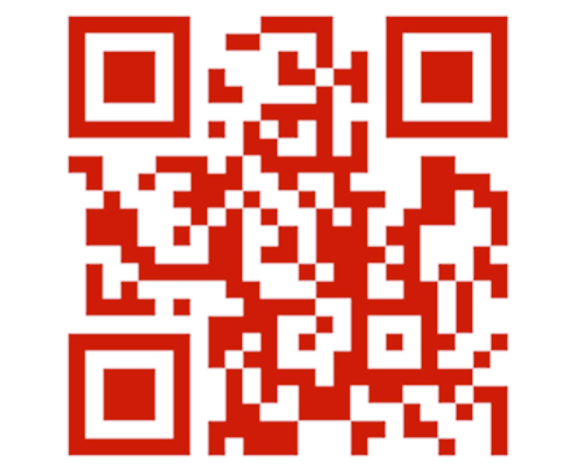
Textbooks are boring. There is too much text, few pictures and back in our school days you had to accept whatever was in the textbook and struggle through it. It was an uphill battle…both ways! But with all the advancements and conveniences of technology, why not bring a little of the 21st century into the classroom?
Textbooks around Japan have been incrementally upping their game with QR codes, “hip” songs and whatever else to keep students entertained and excited about learning. But sometimes these advances in textbook technology don’t provide any benefit, and actually confuse more than they teach.
It all started when a bored student in Japan found an innocuous QR code in the middle of their math textbook.
Seems a little odd at first, why are their bonus materials not included within the textbook itself? Perhaps it’s extra material that is supplemental to the textbook. Why waste trees when students can access the information online? Good job, 21st century math textbook! Way to get with the times…is what someone might think when coming across this new technology. That is until you actually read the information linked from the QR code and it tells you:
▼ “Susume-kun’s Profile. He is 10cm tall, likes the school trees and doesn’t like tongue twisters.”
Why is there a profile? How is this related to math? Amazingly, this isn’t the only troll-like QR code found in the textbook.
▼Haha…take that Susume-kun! A tongue twister!
A lot of Japanese Twitter users were able to find QR codes from their textbooks that didn’t even work.
▼Should we be angry that it doesn’t work, or laugh that a broken QR code made it into a printed textbook?
Another user found a QR code in their Spanish textbook, and thought it would be some helpful pronunciation tips or some listening questions. Instead they found this.
▼“Spain Bar! There are lots of delicious tapas at a Spain Bar. Which one do I chose? It’s so hard.”
The information at the end of an industrial arts textbook offered this friendly suggestion:
▼“You read it. Now go make something.”
It does seem that some QR codes are being used for their intended purpose, one such case offered a ton of QR codes, each linking to a little video to help describe the intended material.
▼Why read a textbook when you can read a textbook AND watch movies?
QR codes in textbooks are clearly hit or miss, but that should improve with time. But what about the actual content of the textbooks? Let’s just say many were surprised by some of the materials, especially in music textbooks because it’s not just Beethoven and his buddies anymore! Out with the “classical” and in with the “nu metal.” Students now get this abbreviated and incredibly messy history of rock in high school music textbooks.
▼The “British Invasion” was important, so it’s in pink.
▼This is so hard to understand. “WHY JAPANESE PEOPLE…WHY?!?”
More often than not, many people found some odd musical choices in the music textbooks. From the inclusion of Japanese pop and anime songs to “Surfin’ USA” and information about the score from 2001: A Space Odyssey, these textbooks seem to be doing what they can to keep up with the times.
▼A song from the anime Blue Seed.
▼Surfin’ USA! Every child needs to sing this, right? Right!
Japanese Twitter users continued to express their surprise when they read some textbooks and discovered that Mozart was a Freemason, Hatsune Miku is considered part of Japanese history and lastly a grim chart that shows that singers make very little money.
▼Selling 1000 CDs at about US$25 will make about $8,380. Looks like we won’t be making that RocketNews24 band in Japan…
It’s the teacher’s job to keep their students engaged, but that doesn’t mean a little help from the textbook isn’t welcome. These odd and seemingly out-of-place anecdotes probably seem useless to those who are finished with school, however, perhaps a little Hatsune Miku is just what a Japanese student needs to keep turning the page and learn more.
The more current and relevant a textbook is to the user, the more likely the student will use it, which is probably why there is so much pop culture appearing in them. Besides, it gives textbook makers a good excuse to update their books every year to keep them relevant, and force students to buy the newest copies. You’ll find this theory in the economics textbook under “Cha-ching!”
Source: Naver Matome